
The Field Elm cultivar Ulmus minor 'Propendens', described by Schneider in 1904 as U. glabra (:minor) var. suberosa propendens, Weeping Cork-barked elm, was said by Krüssmann (1976) to be synonymous with the U. suberosa pendula listed by Lavallée without description in 1877. Earlier still, Loudon's Arboretum et Fruticetum Britannicum had included an illustration of a pendulous "cork-barked field elm", U. campestris suberosa. An U. campestris suberosa pendula was in nurseries by the 1870s.
The Field Elm cultivar Ulmus minor 'Cucullata', the Hooded elm, was listed by Loddiges of Hackney, London, in their catalogue of 1823 as Ulmus campestris cucullata, and later by Loudon in Arboretum et Fruticetum Britannicum (1838), as U. campestris var. cucullata.
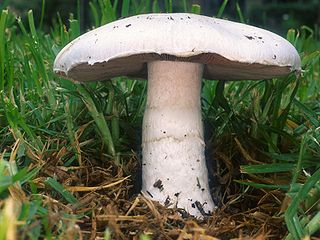
Agaricus campestris is a widely eaten gilled mushroom closely related to the cultivated button mushroom Agaricus bisporus. It is commonly known as the field mushroom or, in North America, meadow mushroom.

Artemisia campestris is a common and widespread species of plants in the sunflower family, Asteraceae. It is native to a wide region of Eurasia and North America. Common names include field wormwood, beach wormwood, northern wormwood, Breckland wormwoodboreal wormwood, Canadian wormwood, field sagewort and field mugwort.
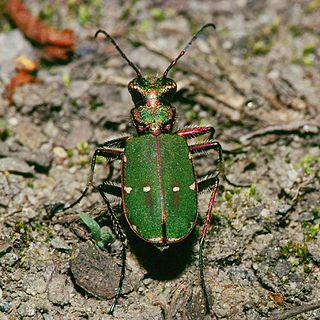
Cicindela campestris, commonly called the green tiger beetle is a widespread Eurasian species of tiger beetle. It is the type species of the large genus Cicindela.

The South African pouched mouse or southern African pouched mouse is a species of rodent in the family Nesomyidae, which is viewed as actually representing a complex of at least three undescribed species. It is found in southern Africa in Angola, Botswana, DR Congo, Malawi, Mozambique, Namibia, South Africa, Eswatini, Tanzania, Zambia and Zimbabwe. This species occurs in savanna woodland, as well as various other habitats, at elevations from 50 to 2000 m. It is present in arid regions of Namibia. The rodent is abundant and is tolerant of human disturbance of its habitat.
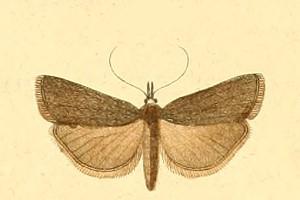
Hypochalcia ahenella is a species of snout moth in the genus Hypochalcia. It was described by Michael Denis and Ignaz Schiffermüller in 1775 and is known from most of Europe, Turkey, and Texas in the US.
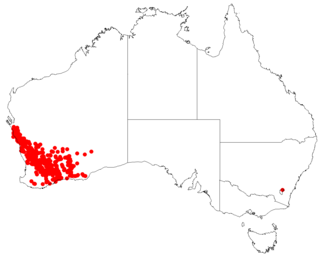
Allocasuarina campestris, commonly known as the Shrubby she-oak, is a shrub of the she-oak family Casuarinaceae native to Western Australia.
Indiopsocus is a genus of common barklice in the family Psocidae. There are more than 30 described species in Indiopsocus.
Epilampra is a genus of cockroach in the family Blaberidae. There are more than 70 described species in Epilampra.
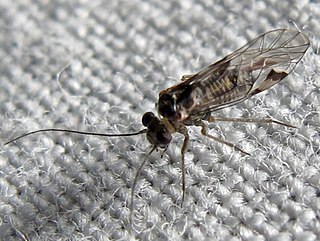
Indiopsocus bisignatus is a species of common barklouse in the family Psocidae, where it is found in Central America and North America.
Indiopsocus ceterus is a species of common barklouse in the family Psocidae. It is found in the Caribbean Sea and North America.
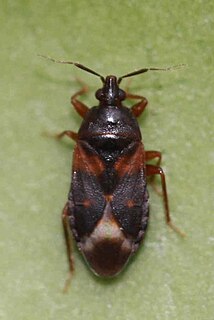
Lyctocoris is a genus of true bugs in the family Lyctocoridae. There are about 15 described species in Lyctocoris.
Serica campestris is a species of scarab beetle in the family Scarabaeidae. It is found in North America.
Indiopsocus texanus is a species of common barklouse in the family Psocidae. It is found in the Caribbean Sea and North America.
Indiopsocus coquilletti is a species of common barklouse in the family Psocidae. It is found in Central America and North America.
Spharagemon campestris, the campestral grasshopper, is a species of band-winged grasshopper in the family Acrididae. It is found in North America.

Neophilaenus is a genus of spittlebugs in the family Aphrophoridae. There are about 10 described species in Neophilaenus.
Lyctocoris campestris is a species of true bug in the family Lyctocoridae. It is found in Europe & Northern Asia, Central America, North America, Oceania, and Antarctica.
Pollichia campestris, commonly known as waxberry or barley sugar bush, is a herbaceous plant in the family Caryophyllaceae and the only species in the monotypic genus Pollichia. It is found in southern and eastern Africa and in the Arabian peninsula.








